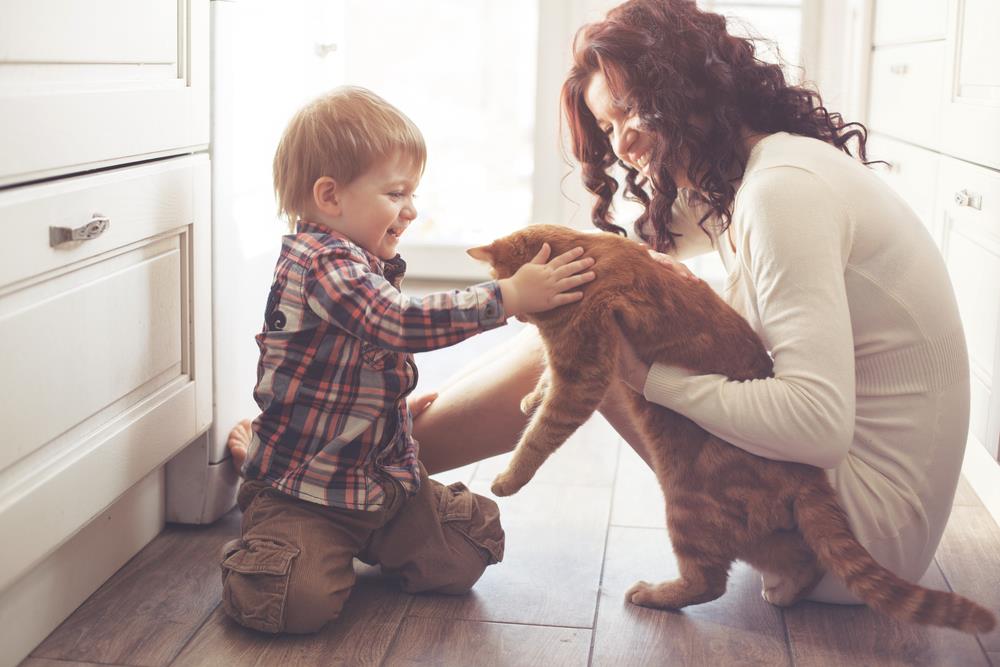Pets and children often form unbreakable bonds that are beneficial for both parties. These relationships can promote emotional growth, social skills, and a sense of responsibility in children, while providing companionship for pets. However, it is crucial to teach children how to safely interact with their pets to prevent any mishaps or misunderstandings that could lead to harm.
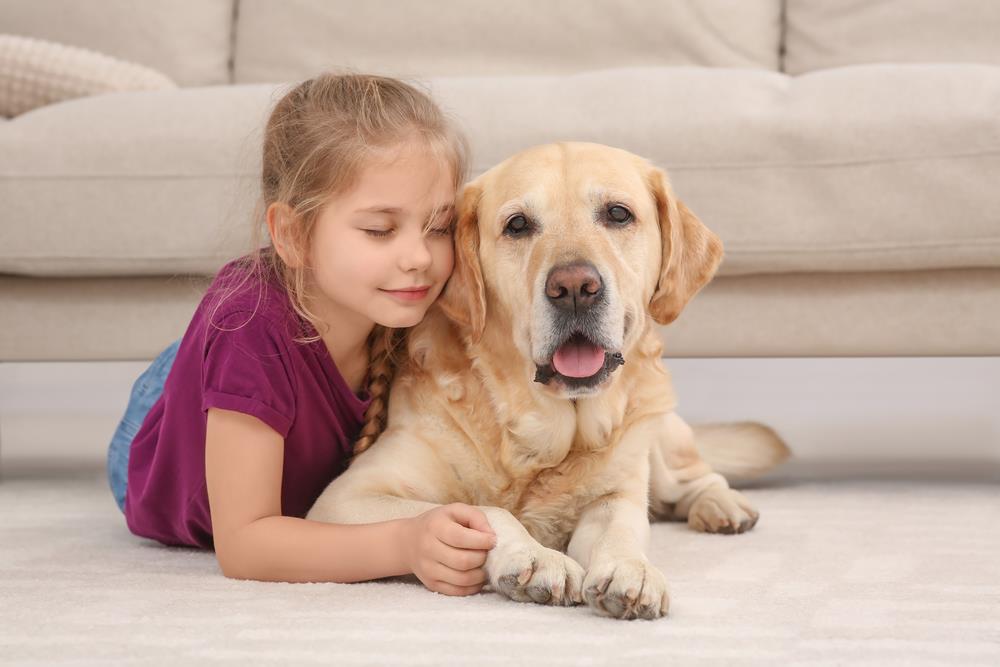
This article delves into the importance of safe child-pet relationships and provides guidelines on how to cultivate them. It covers the role parents play in facilitating these relationships, the benefits derived from such relationships, and practical tips on teaching children to interact safely with pets.
Research shows that interactions with pets can improve a child’s emotional, cognitive, behavioural, educational and social development. Therefore, it is paramount to ensure these interactions are safe and positive.

Without further ado, let’s dive into the world of pets and children and explore how to build a safe relationship between them.
The Benefits of Pets in a Child’s Life
The integration of pets into a child’s life can yield numerous benefits, spanning emotional, psychological, social, and physical health realms. Pets can significantly contribute to a child’s emotional well-being. According to NCBI, interactions with pets can lower stress levels and provide comfort.
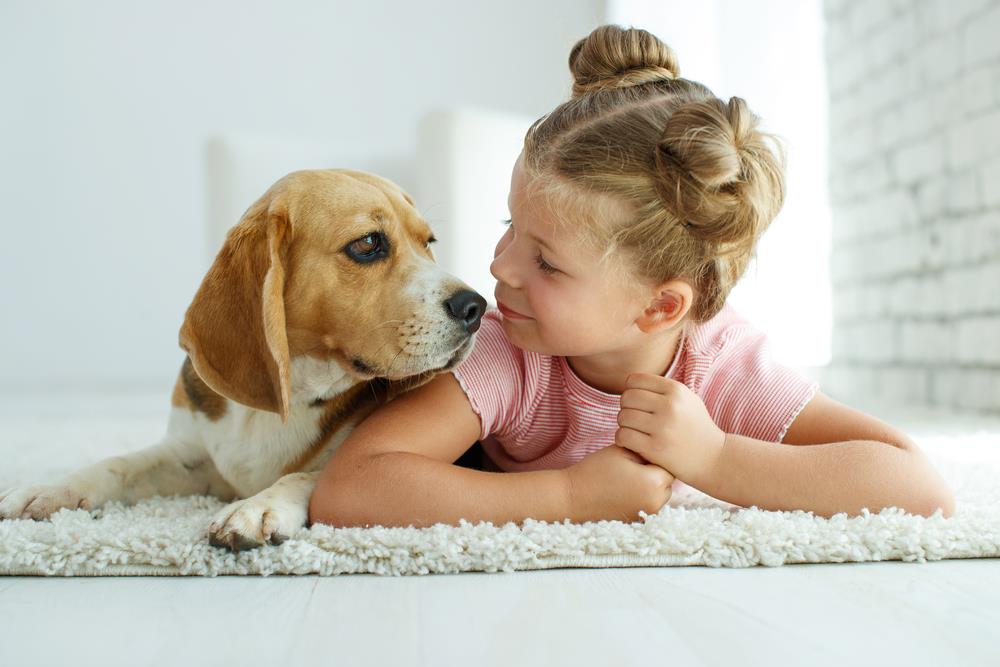
Moreover, pets provide a natural opportunity for children to develop social skills. They can help children understand and express feelings more clearly, fostering emotional intelligence. From a physical standpoint, pets encourage regular exercise, improving a child’s overall health.
Lastly, owning a pet can teach children about responsibility and empathy. Caring for a pet requires dedication and understanding, virtues that can be transferred to human relationships. Research has shown that children who grow up with pets are more empathetic and responsible.
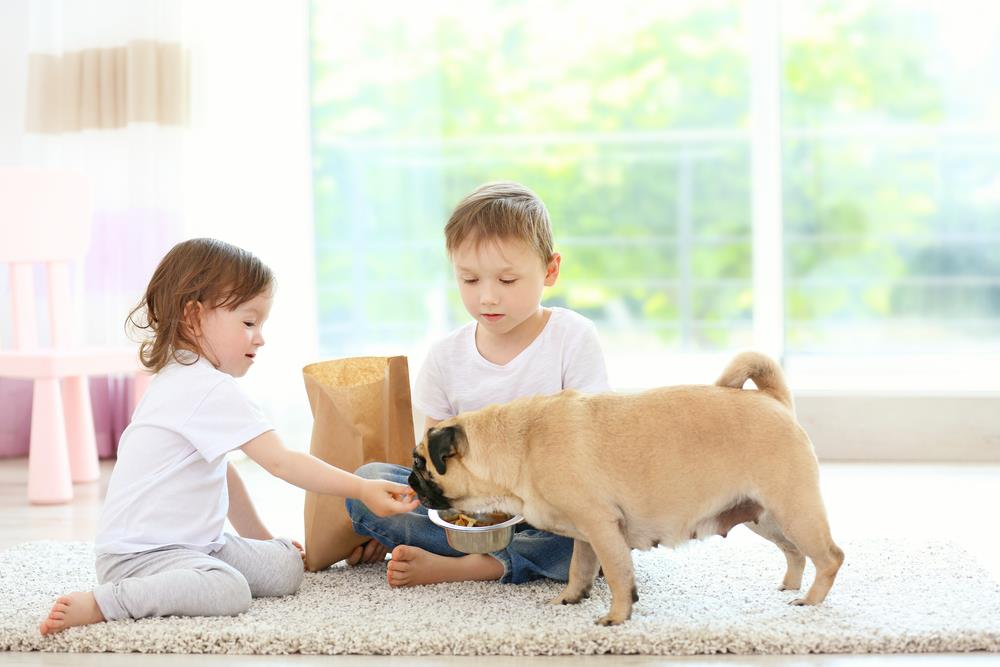
Identifying the Right Pet for Your Family
Choosing the perfect pet for your family is a crucial decision that requires careful consideration. The first factor to consider is your child’s age. Younger children may need sturdy, gentle pets like dogs, while older children can handle more delicate pets like birds or fish.
Another significant aspect to take into account is potential allergies. Various pets, particularly cats and dogs, can trigger allergic reactions.
Understanding Different Pets and Their Needs
Every pet has unique needs according to their species.
It’s also imperative to consider your family’s lifestyle. Active families might do well with dogs, while a more sedentary lifestyle might benefit from a quiet cat or bird.
Adopting Adult Animals vs Puppies or Kittens
Adopting adult animals can be rewarding, as they often come trained and socialised, requiring less effort than young pets. However, kittens and puppies can grow with your family, forming a deeper bond.
Teaching Children to Respect Pets
Teaching your child to respect pets is crucial in building a safe and harmonious relationship. The first step is to educate them on approaching a pet safely. This involves teaching children to approach slowly and let the pet sniff their hand before petting.
Next, children need to learn about appropriate petting and handling. It is important to show them how to gently stroke the pet, avoiding areas like the ears and tail.
Understanding pet body language is another key aspect. Pets communicate through their body language and knowing these signs can prevent potential accidents. For example, a wagging tail in a dog doesn’t always mean it’s happy.
Lastly, encourage empathy by explaining how pets feel and think. It’s important for children to understand that pets are living beings with emotions and needs, just like us.
Understanding Risks in Child-Pet Interactions
In fostering a safe bond between pets and children, understanding the potential risks is fundamental. Notably, children can unintentionally provoke pets, leading to bites or scratches. Therefore, teaching children to respect pets’ space is crucial.
The Role of Adult Supervision
Adults play a vital role in moderating child-pet interactions. Adult supervision can prevent accidents, ensuring safety for both parties. T
Health Risks: Allergies and Zoonotic Diseases
Health concerns such as allergies and zoonotic diseases are also significant. Regular vet check-ups, pet hygiene, and allergy testing can mitigate these risks.
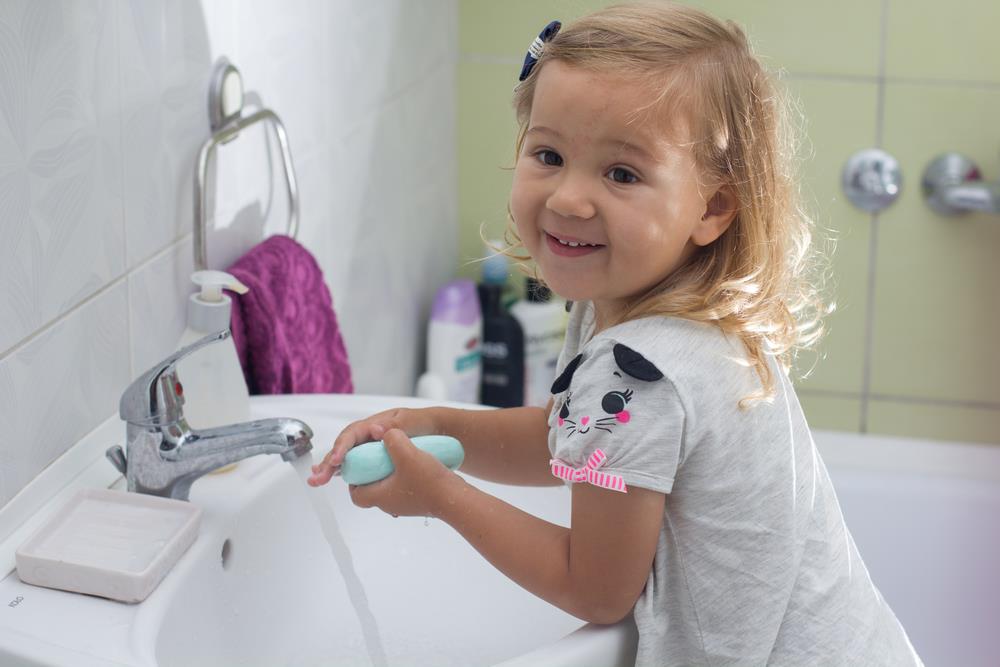
Establishing Boundaries: Pet and Child Spaces
Establishing separate spaces for pets and children is crucial in maintaining a harmonious household. It not only ensures the safety of both parties but also helps in building a respectful relationship between them.
Creating a safe space for pets is a necessary step in this process. This could be a specific room, a corner of the living room, or even a comfortable, quiet spot in the garden. Ensure this area is void of potential hazards and filled with the pet’s favourite toys, bedding, and a water source.
The Role of Pet-Free Zones in Maintaining Boundaries
Pet-free zones play a vital role in this boundary setting. These spaces allow your child to have their own area to play, learn, and relax without the worry of disturbing the pet or vice versa. This also helps in teaching your child respect for the pet’s space and belongings.
I highly recommend adding a chart to visually depict the division of space in a typical household. The chart could include pet spaces, child spaces, and shared spaces, clearly marked for easy understanding.
Addressing Pet-Related Issues and Misbehaviours
Ensuring a safe relationship between pets and children involves proactively managing pet-related issues and misbehaviours. Pets may sometimes exhibit aggressive or fearful behaviours. To address this, a comprehensive approach that combines reward-based training and gradual exposure to the fear stimulus is recommended. This helps the pet to associate positive experiences with the formerly fear-inducing situation.
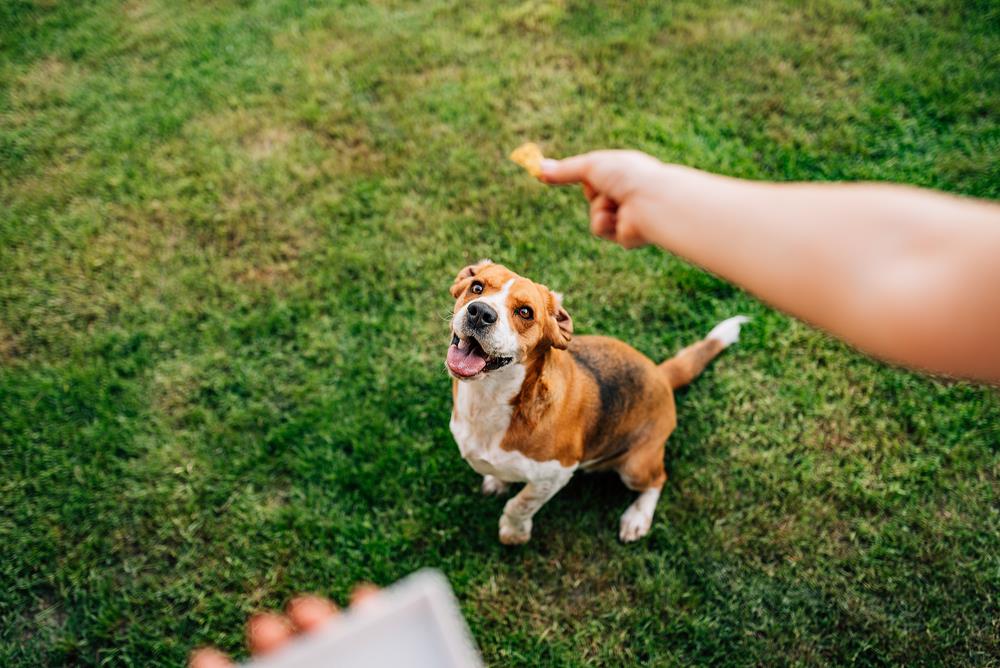
When Children Fear Pets
On the other hand, if a child is fearful of a pet, it’s important to respect their feelings and not rush interactions. Gradual, supervised exposure can help alleviate fear and build confidence in interacting with the pet.
Managing Pet Allergies and Health Issues
Pet allergies are another common concern. Regular cleaning of the pet’s living area, using air purifiers, and keeping pets off furniture can help minimise allergens. For more severe allergies or other pet health issues, seeking advice from a veterinary professional is crucial.
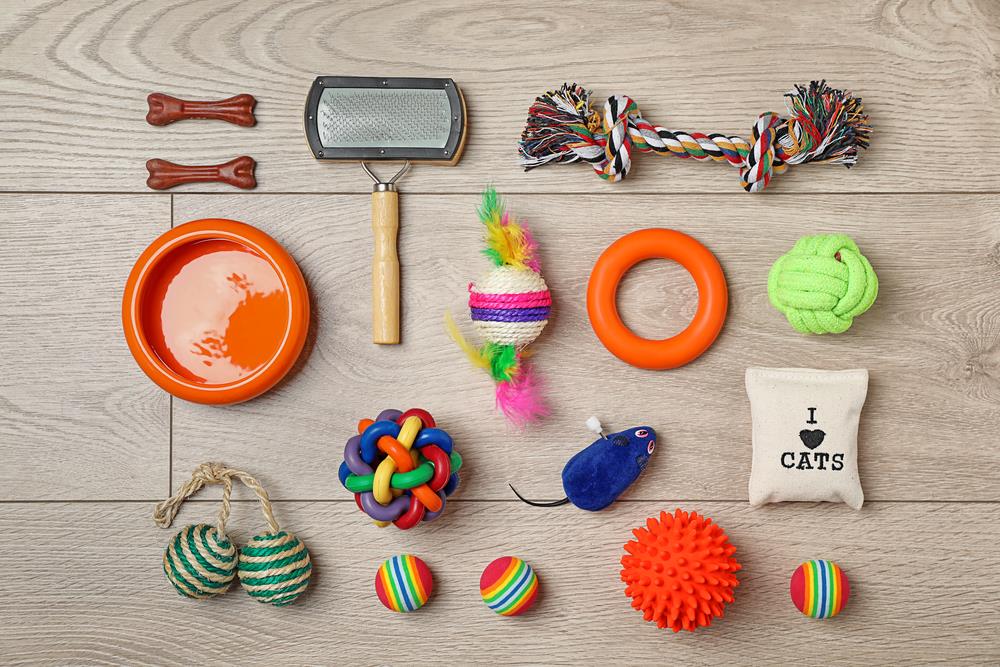
Conclusion: Fostering a Positive Pet-Child Relationship
In the journey of creating a safe and healthy pet-child relationship, the key elements to remember are patience, consistency, and respect for the pet’s boundaries. Veterinarians emphasise the importance of supervising interactions and teaching children to recognise and respect an animal’s signals of discomfort.
Consistency in applying these principles can help foster a positive relationship between your child and pet. The benefits of a successful bond are lifelong, with research showing that children with pets often develop higher levels of empathy and have lower stress levels.
Remember, building a safe pet-child relationship is not a sprint but a marathon. Patience is crucial. Over time, your child will learn to understand and respect their pet’s needs, creating a bond that is both safe and enriching.
